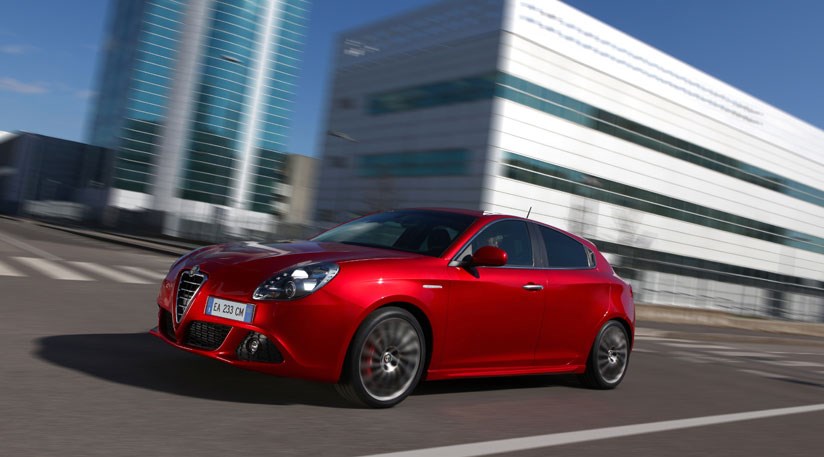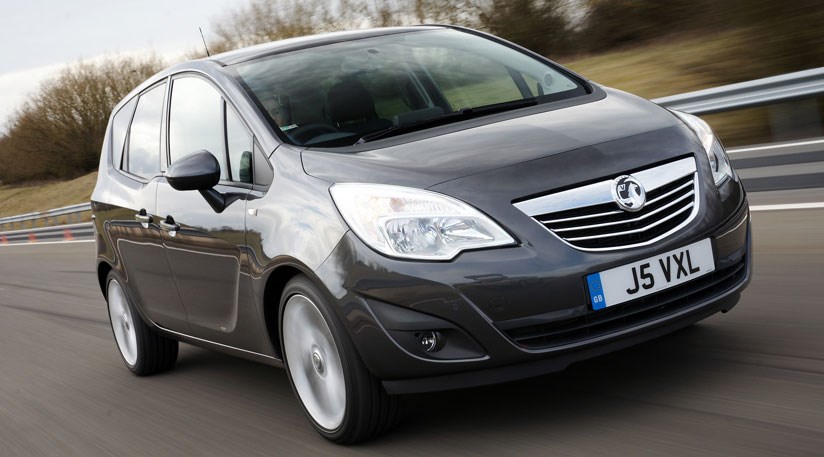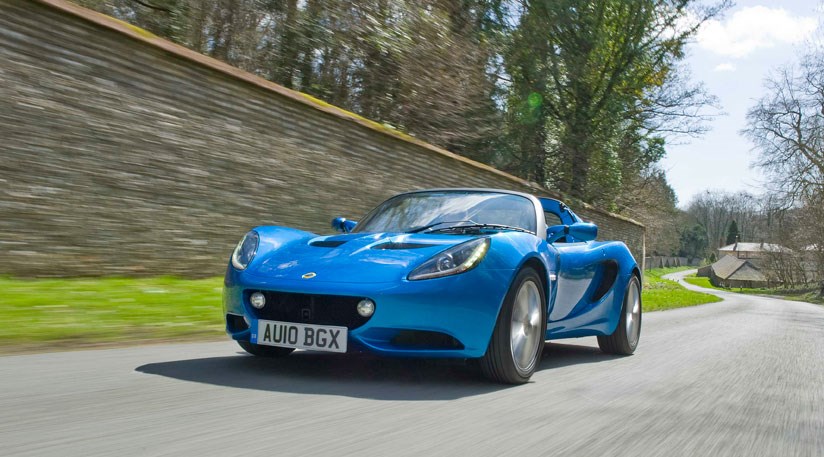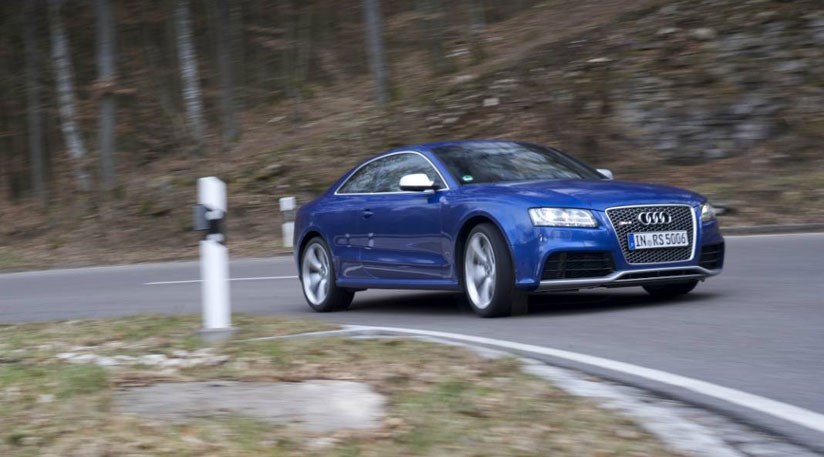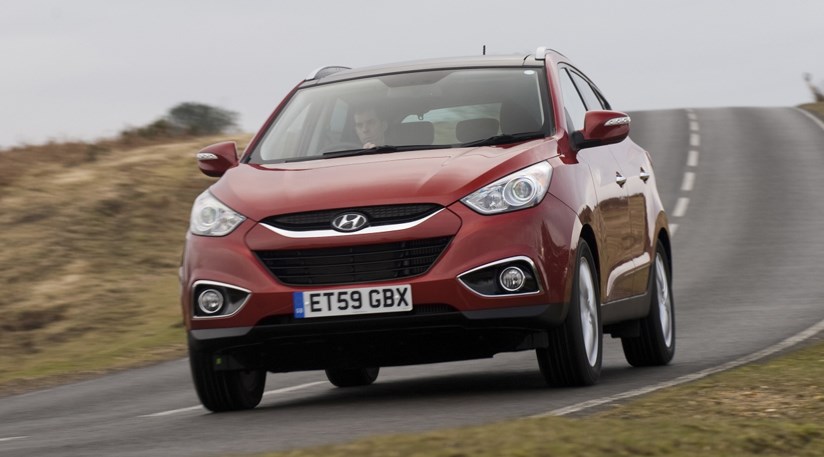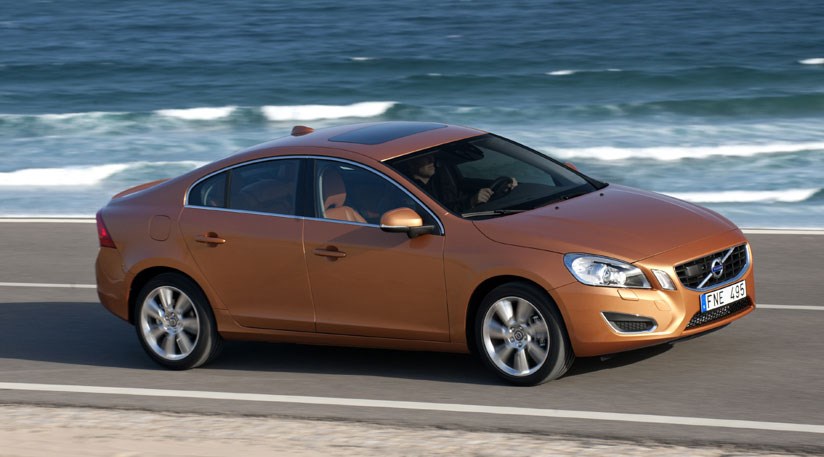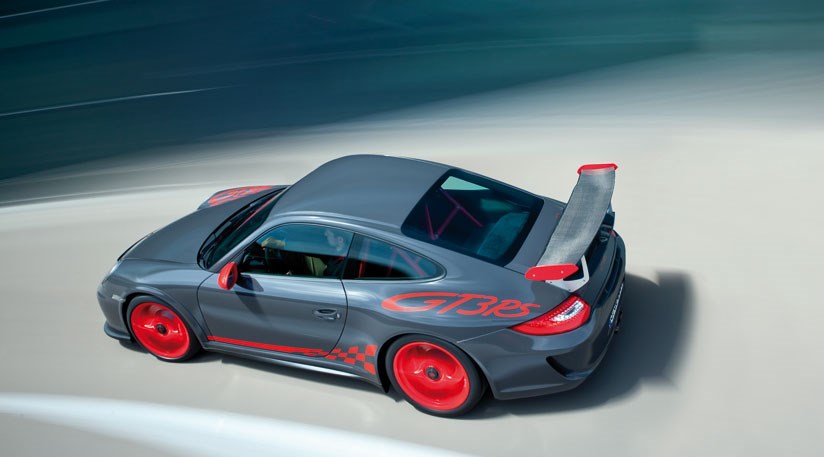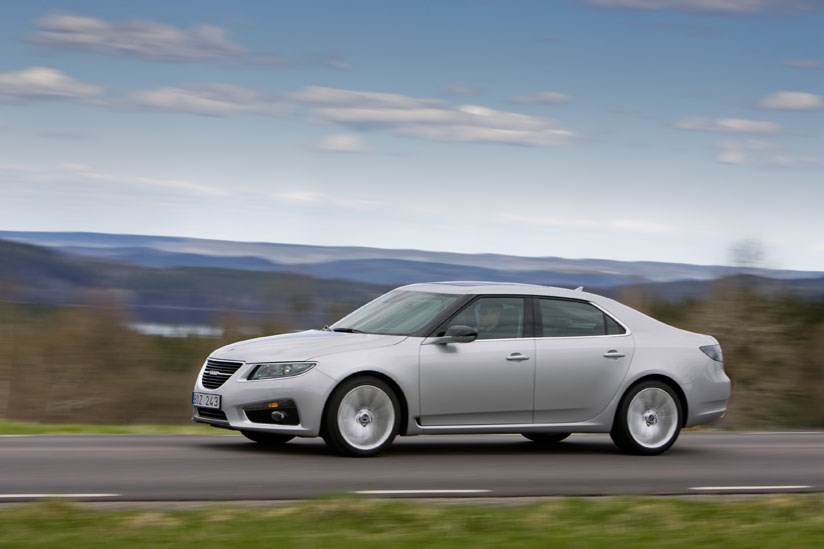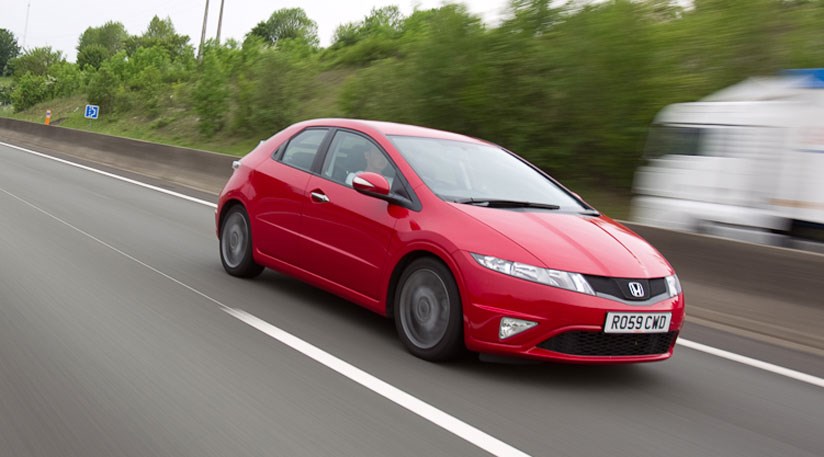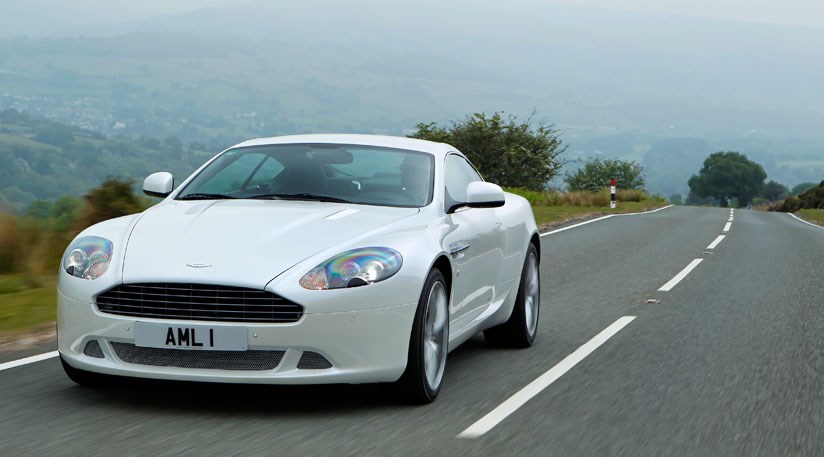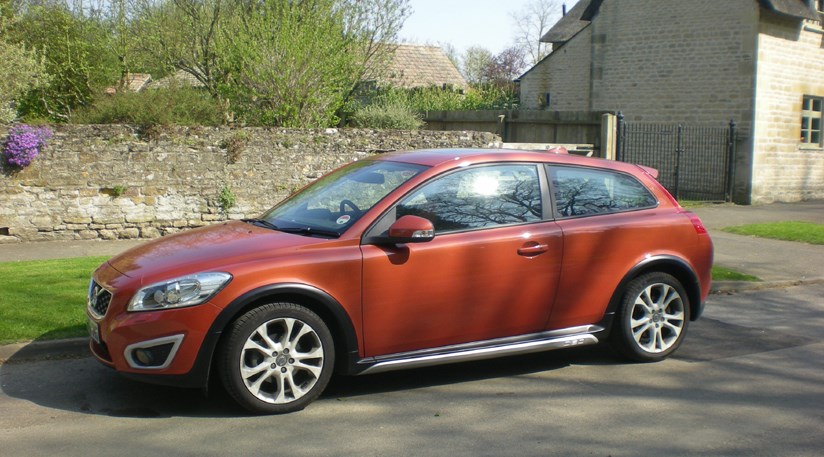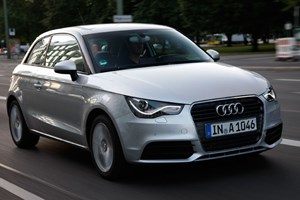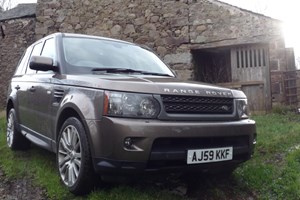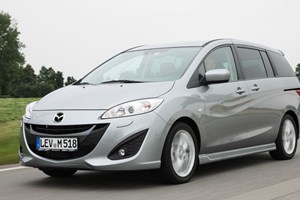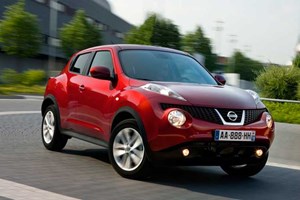Porsche 911 Turbo Cabriolet

Hmm. A straight set of four stars. Like getting all Bs in your GCSEs. You sure? You’re saying the Porsche 911 Turbo Cabriolet is a good all-rounder, a Mr Safe-Hands, rather than at the edgy end of party-in-the-pants brilliance? Well, not quite. But read on.
Really? The new Porsche 911 Turbo Cabriolet only gets four stars for performance? 0-62mph in 3.7sec not cutting it?
Now, we’re not saying this Porsche isn’t slow. Far from it. It is exactly as fast as that figure suggests, with the kind of instant thrust on tap in any gear that can recalibrate your senses. It’s just that there isn’t quite the drama to go with it that you might expect from driving a 911 Turbo, soft-top or not.
It pulls extremely hard against each of its six long ratios, and will have you on the wrong side of illegality in a flash. Fine for unrestricted autobahns, but not quite what you’d call fun on crowded British roads, where much slower cars will put a wider smile on your face for more of the time.
So will other 911s, in fact. If you want to enjoy driving quickly as a visceral sensation as much as for the time saved between one point and another, go for a 911 Carrera.
Four stars for handling too? Go on, then...
Well, it’s a bit like with the performance. Somehow, the Turbo Cabriolet feels a bit fettered, a bit anaesthetised, rather lacking in sensitivity. We can probably blame the four-wheel drive system, which corrupts the sensations from the front tyres – and the relationship those tyres have with the road – by putting power through them. The result is that it feels much more like an executive express than an ultimate sports car.
Still, you can go round corners extremely quickly, marvelling at the amount of grip on offer and wondering exactly how you got to here, from there, so quickly and with so little drama. But isn’t a little drama the whole point of driving a 911? Yet again, you’ll have more actual fun in a Carrera, no matter what the performance figures say.
